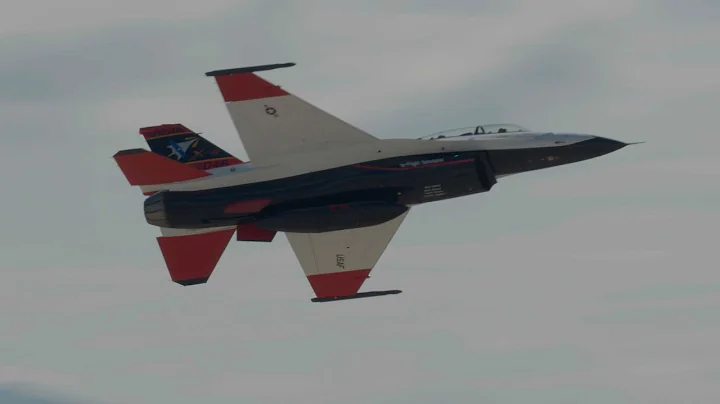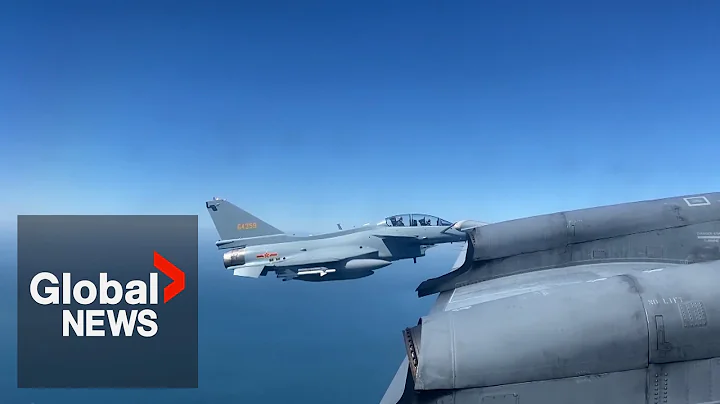The US military has long-term deployed various types of reconnaissance aircraft in the Asia-Pacific region. In addition to a large number of P-8A Sea King maritime anti-submarine patrol aircraft, there are also RC-135 series strategic reconnaissance aircraft. According to statistics from Global Defense Observation, the U.S. Air Force There is an RC-135S missile observation and reconnaissance aircraft numbered 61-2662 deployed at Kadena Base in Ryukyu. According to the air traffic control ADS-B system, the US Air Force RC-135S missile observation and reconnaissance aircraft appeared in Japan on June 25. This is the first sea operation of the 61-2662 missile observation and reconnaissance aircraft in this stage. 202206294/Global Defense Observation/Ali, judging from the scope of activities of the missile observation and reconnaissance aircraft platform, its detection range can already cover the Northeast. The US military deployed in the Asia-Pacific is aggressive, because on June 27, the US Air Force dispatched RC -135U strategic reconnaissance aircraft appeared near the Sea of Japan.

The U.S. Air Force missile observation and reconnaissance aircraft platform is still dispatched in the early morning. The purpose is to increase the chance of test launch detection of the ballistic missile . The U.S. Air Force has only three RC-135S missile observation and reconnaissance aircraft, and the remaining two are numbered 61. -2663 and 62-4128, judging from the serial number, RC-135S has been in service for a long time. RC-135S is a relatively special model of the RC-135 series. It only has the ability to detect ballistic missiles or launch vehicles , so its function is quite simple. Judging from the air traffic control information system on June 25, after taking off from the Ryukyu Kadena base, the RC-135S missile observation and reconnaissance aircraft of the Asia-Pacific US military passed through Japanese airspace and went straight to the detection airspace of the Sea of Japan. It was different from the previous detection. The routes are consistent.

Although the U.S. Air Force has long deployed RC-135S missile observation and reconnaissance aircraft at military bases in the first island chain, when China was conducting mid-stage anti-missile technology tests, the U.S. Air Force’s RC-135S missile observation and reconnaissance aircraft did not take off. , so it was impossible to test the mid-course anti-missile. After China’s “five consecutive victories” in land-based mid-course anti-missile tests, the US military did not give up. The RC-135S missile observation and reconnaissance aircraft once again appeared in the Sea of Japan, trying to conduct a full range of inspections of the surrounding airspace. detection. The RC-135S is equipped with large-scale optical/infrared observation equipment that can track and monitor the trajectories of ballistic missiles and launch vehicles to master flight-related parameters.

The U.S. military has been trying to grasp relevant information about the People's Liberation Army's ballistic missiles or other anti-missile interceptors. To this end, it will regularly deploy RC-135S missile observation and reconnaissance aircraft. At the same time, the United States is also trying to observe possible ballistic missile test launches on the peninsula, so it chose to The operation is carried out in the airspace of the Sea of Japan, so that it can "kill two birds with one stone". The US military uses RC-135S missile observation and reconnaissance aircraft very early, basically in the early morning. During this period, KC-135R large aerial tankers will also cooperate to ensure that RC-135S missile observation and reconnaissance aircraft are used. The 135S missile observation and reconnaissance aircraft has sufficient time in the air, and the KC-135R large aerial tanker supported by the U.S. Air Force also comes from the Ryukyu Kadena Base.

During the rise of China, the mentality of the United States was very complex. Regarding the continuous improvement of the People's Liberation Army's combat readiness, the US military was full of fear. The PLA's land-based mid-course anti-missile technology test impacted the fragile glass heart of the United States. Previously, only the United States It only had land-based mid-course anti-missile technology. Now China also has related technology, thus breaking the monopoly of the United States and eliminating the strategic advantage the United States established through the establishment of the ballistic missile defense system . In the "spear and shield" competition, the United States no longer has the advantage. China not only has land-based mid-course anti-missile technology that can block ballistic missiles, but also has a hypersonic warhead that can pierce the U.S. ballistic missile defense system.






















